How one builder focused on developing his sweet spot.
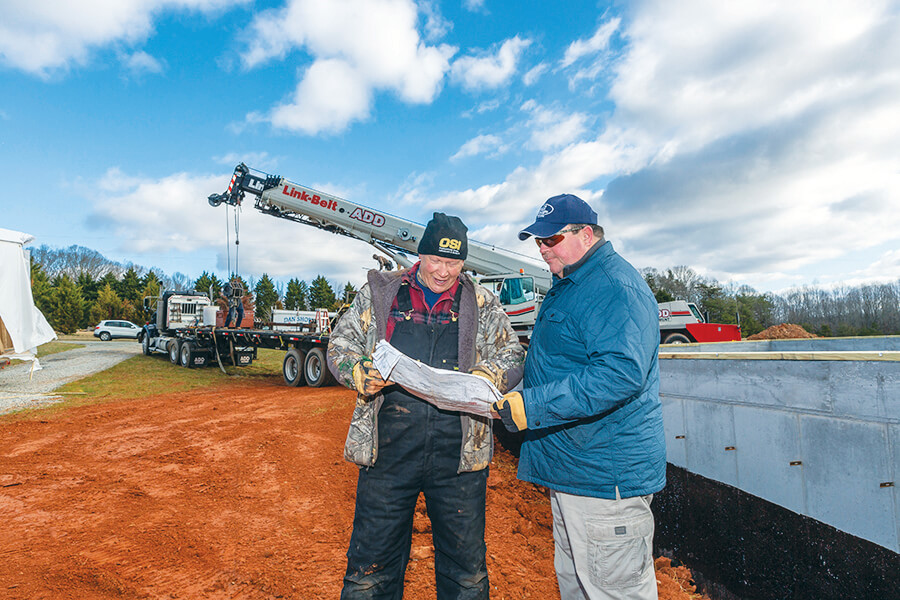
- Virginia builder John Garrett gets approvals in new communities by educating them about modular construction and by seeking design input from architectural review bodies.
- He successfully expanded into a new area not by competing with existing builders, but by targeting an underserved niche.
- One successful strategy has been to look for resort areas that are attracting people fleeing from crowded urban areas.
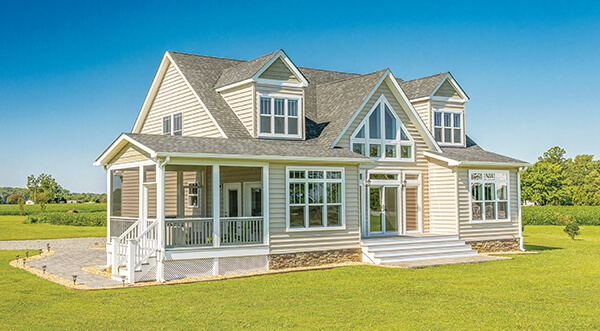
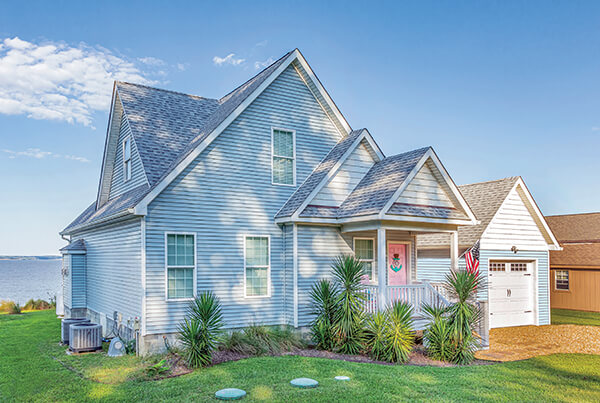
Generating consistent sales through good times can be difficult enough. In an economic downturn, it’s even more challenging. Two things that will raise the odds of success are finding the right location and delivering the right home at an acceptable price point.
This article is the story of a modular builder who did just that. It’s a story of tenacity and business evolution over the 18-year career of someone who found his niche by targeting specific markets.
John Garrett of Virginia Building Solutions grew up in Rocky Mount, in southwest Virginia. Although he was the son of missionary parents who built churches and schools in Ghana, he never intended to become a builder.
The plan was to attend law school, but first Garrett wanted to pay his college loans and save some money, so he took what he thought would be a temporary detour into sales and management for a national homebuilder. The work suited him. He eventually became General Manager for two nationwide, manufactured home companies. He never pursued law.

Selling Modular
Garrett started his own homebuilding business in 2004 in Williamsburg, Va. His mission was to bring system-built housing to high-end residential construction. With that in mind, he set his sights on becoming the first authorized modular home builder in Ford’s Colony, a nationally recognized, award-winning planned community in Williamsburg.
“I was confident that I could build a home that would be indistinguishable from the site-built homes already in the community,” said Garrett. “I figured that if people became aware of the benefits and were able to move into their homes faster, the homes would sell, and they did.”
The lengthy approval and vetting process took more than six months and was led by an architectural review board made up of architects, engineers and construction professionals. While working with the committee, Garrett was able to resolve all questions and prejudices about offsite construction methods by educating committee members on modular building and by helping them to understand the specifications his homes had to meet.
Another element eased approvals was Garrett’s willingness to integrate the architects’ input into the exterior design of his Georgian and Colonial-styled homes. He used exterior elevations generated by the manufacturer, but let the architects help specify the exterior materials.
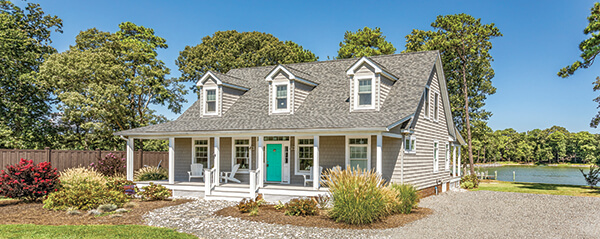
This would prove to be a valuable lesson for Garrett as he navigated other neighborhood covenants. He says the first task is helping people understand what modular is. “People often confuse the word ‘modular’ with ‘mobile’ and don’t know the difference,” he says. “I’ve learned not to take ‘no’ for an answer and to show them that my homes are actually built better than those built on-site.”
Within three years, Virginia Building Solutions had built and sold more than a dozen homes in Ford’s Colony.
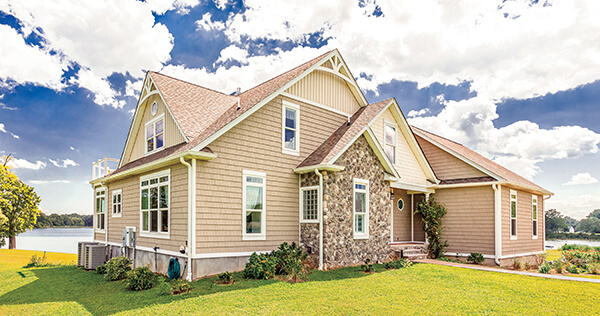
Developing New Markets
Garrett then migrated east, settling in Tappahannock, Va., where he discovered an underserved housing market.
Targeting areas near the Chesapeake Bay, including Northern Neck, Middle Peninsula and inland eastern Virginia, Garrett focused on buyers looking for retirement and rural resort second homes, and opened a model center in 2007.
He did his due diligence before committing to his enterprise, however. A survey of periodicals and building permit approvals showed him that, over the previous decade, there had been a steady influx of retirees and second-home buyers coming into the area. In addition, he saw that most of the competition was at the high or low end of the home price range. He recognized this as an opportunity for a mid-range builder.
What drove the growth of Garrett’s business — even during the economic downturn of 2008 — was his ability to make custom alterations to floor plans, as well as to add personalized options and finishes at a price point homeowners were willing to pay. He also attributes his success to building and delivering homes that checked the boxes of customization, affordability and maintenance-free living.

Virginia Building Solutions builds ranches, Cape Cods and chalet-style homes with easy access to the outdoors; homes that lend themselves to waterfront living and entertaining. They have low or no-maintenance exterior finishes, ample deck space and screened-in porches.
Popular interiors feature open areas, cathedral ceilings and amenities such energy efficient windows and doors, granite countertops, custom cabinetry and luxury vinyl flooring.
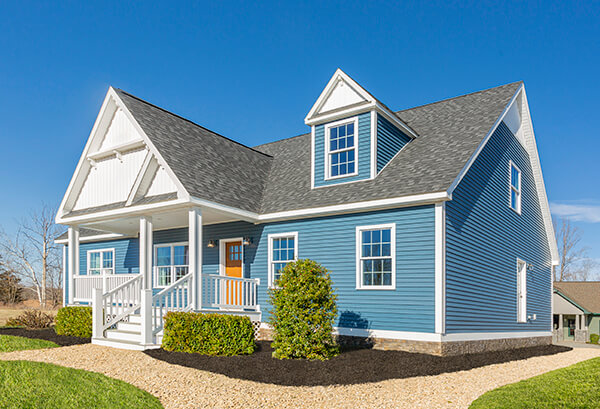
Most plans are provided by the manufacturer and customized with amenities, whether those amenities are offered by the factory or installed on-site. However, it’s not uncommon for Garrett to begin with plans provided by the client that are torn out of magazines or found online.
Although Virginia Building Solutions remains committed to the middle of the market — 2,500 sq. ft. to 3,000 sq. ft. homes that sell for $300,000 to $400,000 — they have done some projects outside of that, from modest ranch homes to multimillion-dollar estate homes. Garrett says that his prices are competitive, but more like the semi-custom tract builder than a high-end custom builder.
Garrett’s goal is to expand his company across the state. In 2019, he opened a model home and sales center in Rocky Mount, building a 1,700-sq. ft. custom Cape Cod home that features 1,000 sq. ft. of expandable bonus space made possible by the roof structure.
Having been raised in the area, he knew the location would put him in proximity to Smith Mountain Lake, a 20,600-acre lake featuring 580 miles of shoreline, which has seen a growing amount of development since the 1990s. That, along with the pastoral countryside of the surrounding areas, gave Garrett the confidence that he could replicate the business model he established in Tappahannock.
Although Virginia Building Solutions has built 20 homes on Smith Mountain Lake, most of his work in that region has been mountain retreat and country living styled homes.
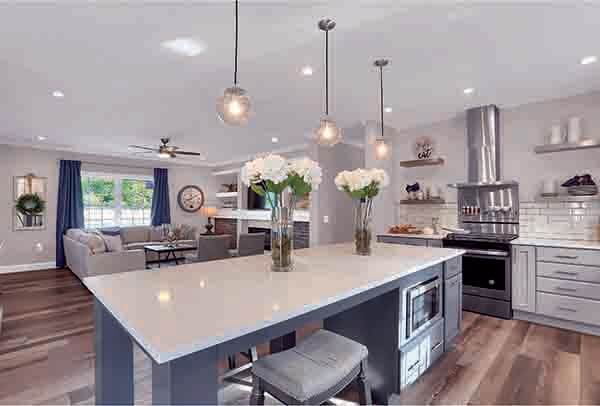
Navigating Challenges
Of course, the company had to deal with the same challenges that other builders have faced over the past two years: increase in demand because of an exodus of homeowners from crowded urban spaces to less populated areas, along with supply chain issues that made many products hard to get. Both led Virginia Building Solutions to stop taking orders for new homes on three separate occasions.
Today, margins are less than what they were pre-pandemic, material costs are still way too high and labor continues to be an issue. Garrett, who has stayed the course throughout it all, calls it his new normal. However, 2022 was still strong for Virginia Building Solutions, with 45 homes built.
What advice would he give younger builders just starting out? Be friendly and affordable. Understand your buyer niche and evaluate whether it is sustainable. Do your due diligence before entering a market and always be prepared for change. “Market circumstances will most likely make you change your business model,” he says.
During his 18-year career, Garrett estimates that he has built approximately 400 homes for those who want a piece of the rural resort lifestyle, and he continues to weather whatever comes his way with grit and grace.
















